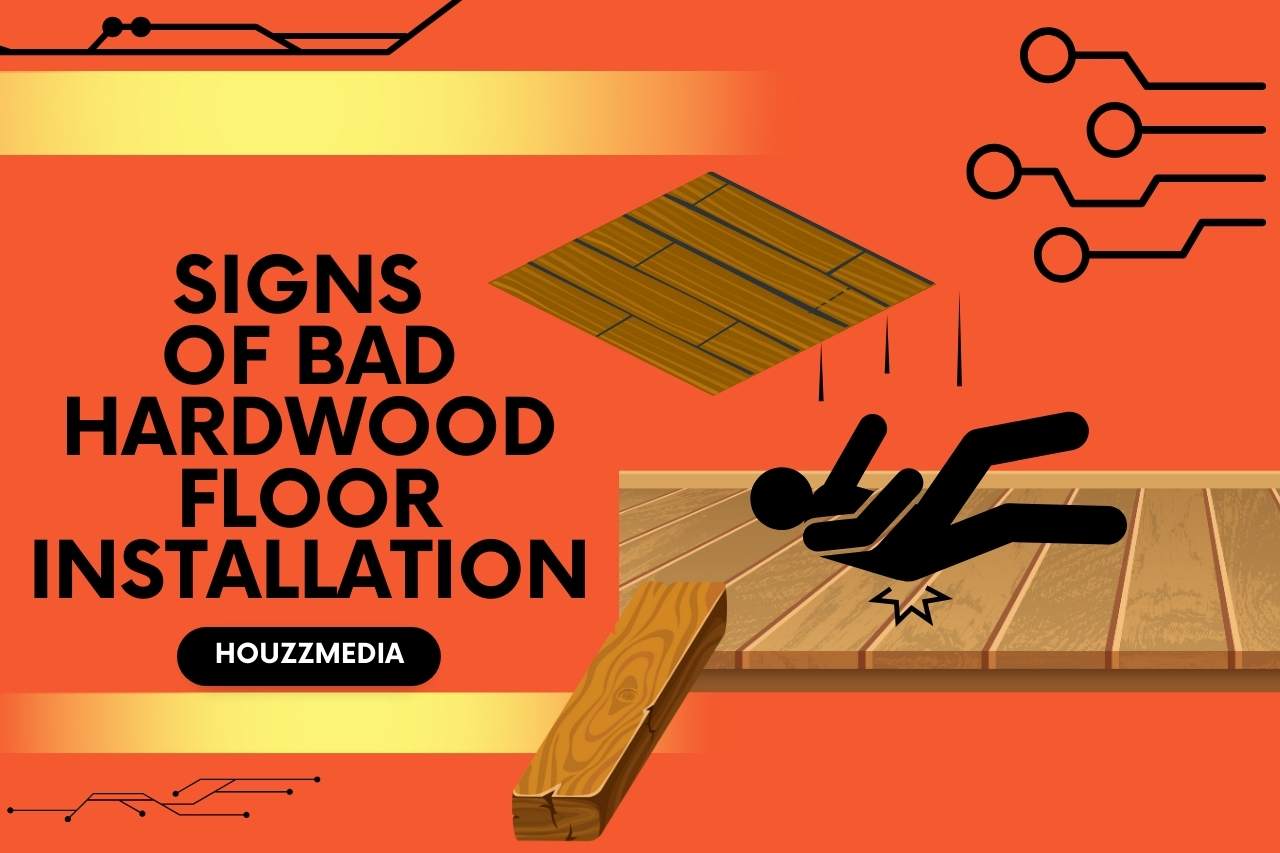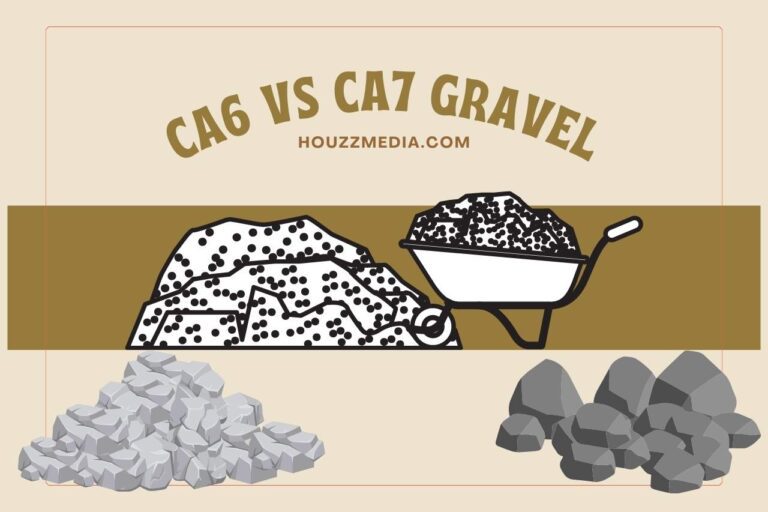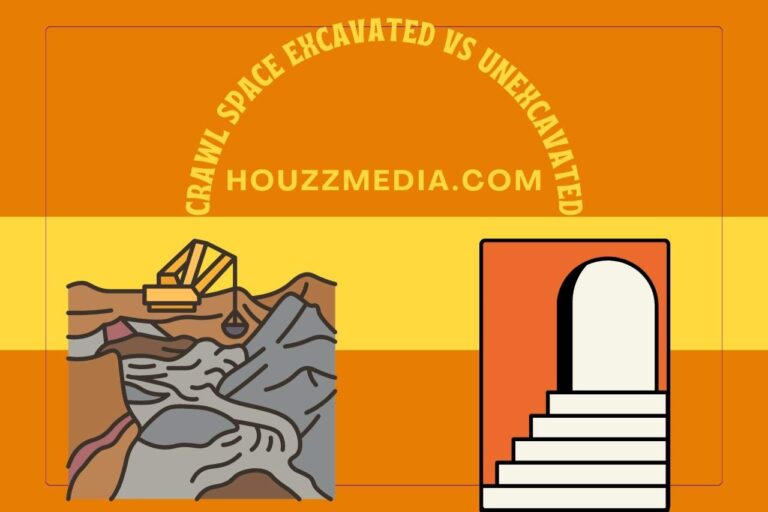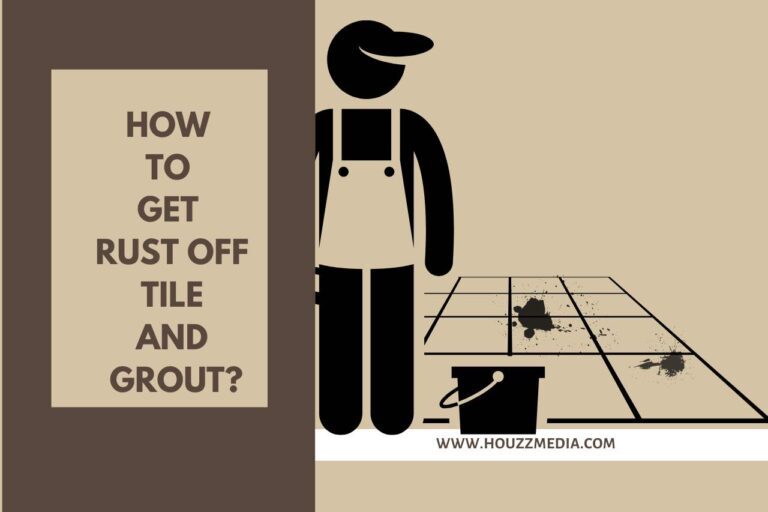Signs of Bad Hardwood Floor Installation – Spotting the Signs!
As you successfully reach your dream life while you complete the dream house that you have been designing for years and years with that breathtaking hardwood installation. However, to your displease, you feel something fishy in your hardwood installations. Thus you start to wonder about the signs of bad hardwood floor installations while you try to investigate the floor all on your own. We are here for you, bringing all the signs that highlight a bad hardwood installation while recommending ways to fix these complications you might notice e after acknowledging the signs of a bad hardwood installation.
Can you Identify Signs of Poorly Installed Hardwood Floors?
Identifying a bad hardwood installation or installation procedure is vital as you are the only one who will be responsible and feel sad and bad about the installation. Therefore identifying a poorly installed hardwood floor is possible, and it can be done by looking for the following signs that we will be listing out briefly while describing them later.
- Presence of high humidity
- Unfitting acclimation
- The presence of water on and under the floor that is being installed
- Poor pre-preparation.
The presence of these signs in your hardwood installation will be the tell-tale sign for you to identify a bad hardwood installation.
What are the Common Visual Indicators of a Bad Hardwood Floor Installation?
Some ideal visual indicators sign the installation of bad hardwood flooring. These visual indicators will allow you to take the necessary steps to fix these complications while ensuring that they won’t repeatedly appear as you reinstall or refinish them. The visual indicators of bad hardwood flooring are,
-
The Presence of Cupping
If you notice a figure-hugging push around the corners of a room inwards in a circular shape which will be caused by an excessive amount of moisture and humidity absorbed by the wood material, moreover with time, you will notice a height change in the corners which is not what you desired or needed through hardwood floors.
-
Crowning
This complication is much more similar to cupping, which we explained earlier. There will be height changes in the middle wooden planks, while the corner plank will be the regular height. This also is caused by the absorption of water or any kind of moisture.
-
Damages Like Buckling, Gaps, and Warping
These complications/indications usually appear as a result of extra moisture or as a result of improper acclimation. These complications will visualize the shrinking or expansion of the wooden planks you will use for the floor.
-
Unnecessary Noises Appearing
When you walk through your wooden floors, if you hear or notice a sudden appearance of squeaking in your floors, this will be an obvious tell-tale sign of a bad installation. This complication is a sign saying that there is a problem with the subfloor.
-
Smelling Peculiar Odors
As we mentioned earlier, moisture and water can play a big part in a damaged or bad installation of a bad wooden floor. Thus moisture makes ground for bacteria and mold growth, which will eventually smell musty and dusty. This will let you notice the complications on your hardwood floor.
The above-mentioned visual signs will let you obtain information about the cause and the root behind these problems while letting you find solutions to these problems.
How Long does It Take for Hardwood Floors to Settle?
The durations for the caution procedure will vary according to many reasons behind the hardwood floors. Thus, acknowledging the reasons behind the hardwood floor is vital as it is a must to let the floor settle leisurely without being healed.
Therefore it will not be possible to obtain a pinpoint answer to this question. However, if we are talking on normal terms, it will take approximately 3 days for the hardwood floors to settle and the acclimation of the wooden floors to settle.
Thus make sure you are fully acknowledgeable of the climatic situations of your area as it will directly affect the settling process.
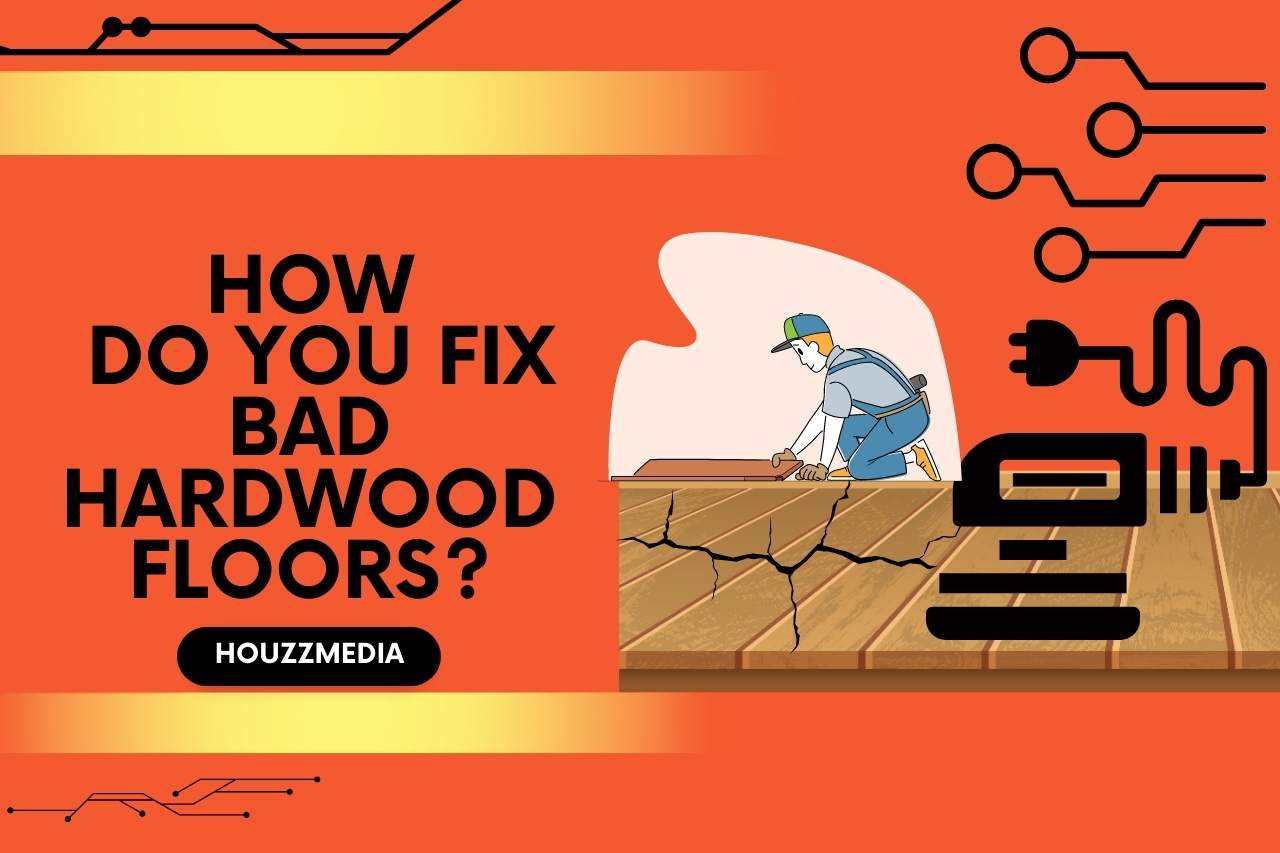
How Do you Fix Bad Hardwood Floors?
Bad hardwood floors must be fixed, as bad and worn-out installations will never add beauty to your space while making you stress profusely. Thus now, in this section, we will discuss how to fix these hardwood floor complications in many ways.
How Can We Fix Complications Caused by Water or Any Kind of Moisture?
If the wooden planks are damaged severely, gaps, cuppings, and warping are going on; you will probably have to remove those exact planks and reinstall new ones matching the preexisting ones. This procedure is much more risky as matching the new ones with the old ones will be tricky.
However, if there are stains on your floors from water or any spoilage, you can simply take a white cloth or a rug and place it on the stain while ironing it regularly, which will take out the stain eventually.
If you are now dealing with scratch marks on your floor, you should sand down those scratch marks and reinstall the coating. However, if you are only facing minor scratches, you can simply avoid the sanding options and feather the affected area, which will ease the procedure.
What Causes Wood Floors to Cup?
The information we mentioned earlier would have shown you a colossal hint of what would have been causing cupping in the wooden planks used on your hardwood floors. These wood planks would create a cupping sensation due to moisture and accumulated water, as most woods react to moisture by shrinking by width and being high in height. Thus, as the engineered or solid hardwood, both hardwood floor types are installed using areal wood and will eventually face the cupping process due to the absorption of moisture and water, which will also answer this question.
What to Avoid on Hardwood Floors?
If you install hardwood floors, there are some necessary things and actions that you should avoid for the sake of the floor’s longevity and beauty. Thus, these things will be listed down, which will help you immensely in the long run with the floor.
- Harsh footwear on the installed floor.
- Lengthy nails of your pets as they can scratch the floor.
- Unpadded furniture.
- Harsh and chemically infused DIY cleaners
- Roll on wheels roaming around the floor.
- Steam cleaning procedure.
- Leaving heavy furniture to remain in the same location for a lifetime.
- Usage if vinegar as a cleaning agent.
How Can you Tell Good Quality Hardwood Floors?
You can identify a good quality and installed hardwood floor in many ways. This can be done by searching for anything but nothing that we explained in this article.
However, how can we find a good quality floor in all serious notes? This can be done by paying attention to the subflooring process and ensuring that the workers are installing a proper base.
Moreover, if there is no sound when you are walking, jumping, or even dancing, the wood floor is high quality, and fig the thickness of the wood planks is high, we can assuredly say that the flooring is good quality installation as well.
Watch this one,
Video Credits – Lumberjack Hardwood Floors
You May Also Like
